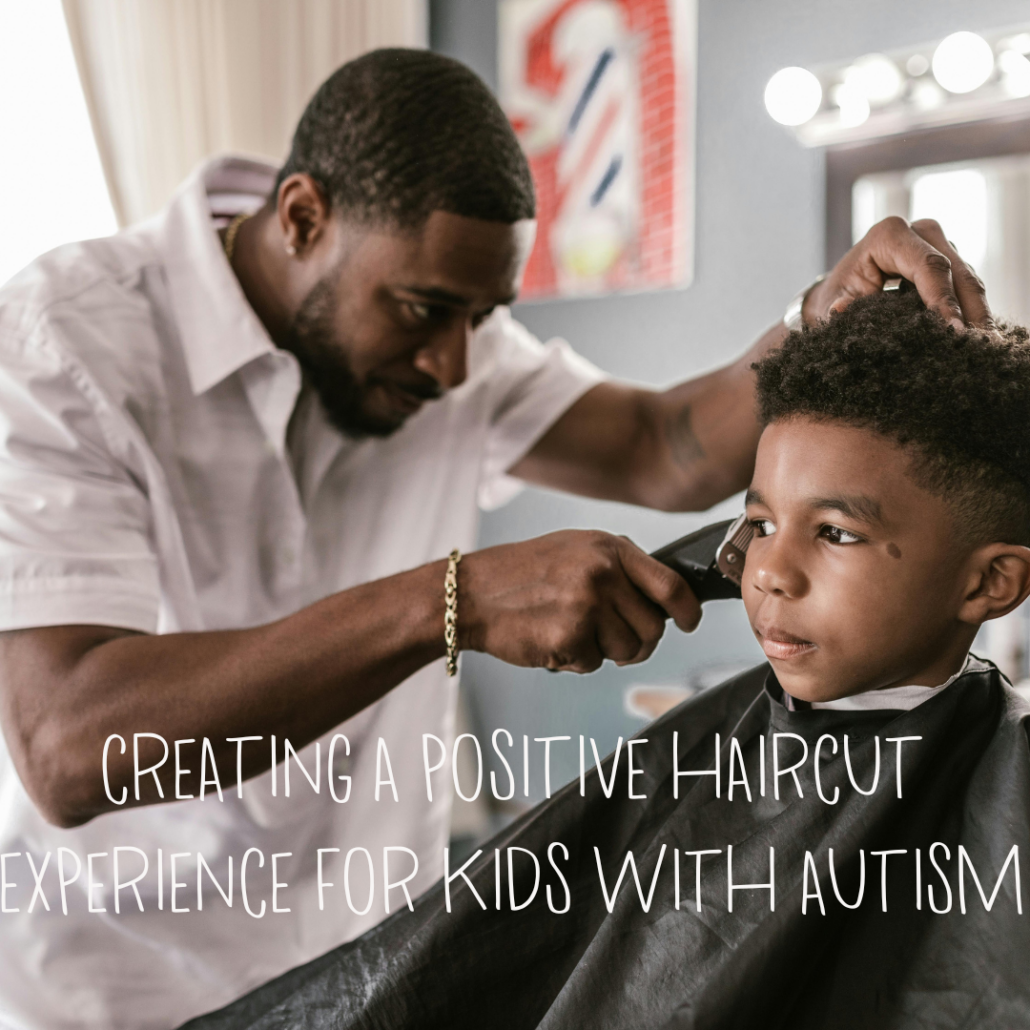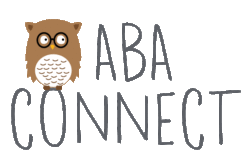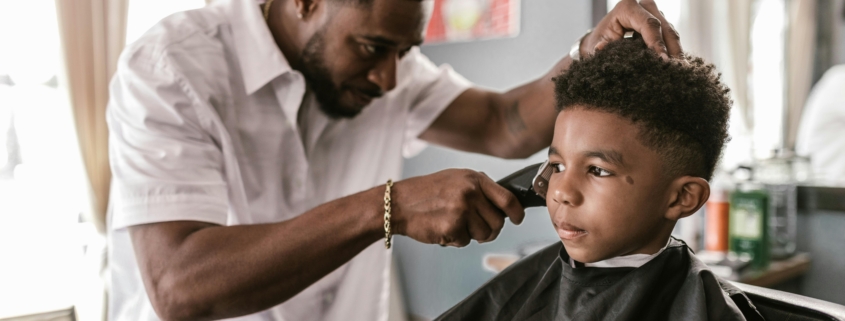Creating a Positive Haircut Experience for Kids with Autism
A Parent’s Perspective: Tips for Sensory-Friendly Haircuts
I used to cut my son’s hair. I knew if I took him somewhere for a haircut, he would freak out from the overwhelming sensory experience. But if I cut it, I could set the stage for success — cut it dry (no spritzing him with water), give him toys to stim with, and provide access to an iPad for entertainment. It worked for years until I realized my skills were sorely lacking. And I want my son to look his very best.
So we decided to venture out for a haircut in the wild.
Many kids with autism have a hard time getting a haircut. It is a highly stimulating experience. The noise of clippers near their ears, the vibrations on their skin, and the discomfort caused by falling hair can lead to overwhelming sensations, potentially triggering meltdowns.
Since taking my son elsewhere to have a haircut, I’ve learned some proactive steps that may help prepare your child and accommodate their sensory needs. If you aren’t the type of parent who’s up for a DIY challenge, and even if you are, here are some tips on making the haircut experience positive for your child.
As it turns out, all of the ways I was helping my son through the experience at home can be done at a salon or barber shop, too.

Plan for your child’s haircut.
First, decide where you will get your child’s haircut. Some salons specialize in kids’ cuts and even care for children with special needs. But if they don’t, most barbers and stylists are still willing to make accommodations. Remember, if the stylist or barber has experience cutting hair, your child will probably not be the most wiggly, uncooperative person whose hair they’ve ever cut. (I hope this makes you feel better going in.)
Call ahead.
You may want to call ahead to ask the stylist some questions and see what experience they have working with kids with autism. Ask if they are willing to accommodate a child with special needs. Many stylists are eager to make adjustments even if they don’t specialize in it.
Schedule a pre-appointment visit.
You may be able to schedule a time to come into the salon before the appointment; that way, the environment isn’t foreign to your child when they arrive for their haircut. A pre-visit lets your child get comfortable with the setting, people, and process. They’ll better know what to expect.
Book an appointment.
Book your child’s appointment during a slow time so the shop has less activity, noise, and overall stimulation. Also, plan for a time of day when your child is well-rested and well-fed. The timing of the haircut may seem like a small thing, but it has the potential to make a big difference.
Note: You may want to schedule extra time on the day of the appointment. Arrive early so your child can transition and make their way into the chair on their own terms.
Decide on the style.
Think ahead about what type of haircut is best for your child. For example, if they don’t like their ears touched, think of a style where the hair comes down over the ears so the clippers don’t need to come too close. If you want to avoid repeating the experience frequently, ask for a shorter haircut so it takes longer to grow out. Your child may want to be involved in selecting their haircut, and if they can, that’s great! Have them look at pictures so they decide and have some ownership over the experience.
Questions to ask the stylist.
- Are you comfortable with lots of movement, taking breaks, and even willing to sit in a different chair on the ground?
- Can I schedule an appointment during a slow time?
- May I bring my child into the salon before the actual haircut to get them used to the environment?
- Will you make accommodations as necessary, such as cutting dry hair or using scissors instead of clippers due to the sound and vibrations?
Key things to tell the stylist.
You may want to give the stylist an information sheet on autism so they can understand some of the fundamental challenges of autistic kids. Autism Speaks has a Haircutting Guide you can download.
If you don’t want to print something out, that’s understandable. It can feel kinda awkward. Instead, explain some things about your child so to help the process go smoothly:
- My child doesn’t like loud noises, so it’s best to speak in a calm, low voice.
- My child is easily scared, so it’s best not to come up from behind.
- My child takes a little longer to process questions, so keep your directions simple and give them a minute to respond.
Prepare your child for the haircut.
As you plan for your child’s haircut, there are many sensory elements to remember — from the overhead lighting to the itchy feel of cut hair touching their skin. There are many things you can discuss with your child in advance of the visit.
Prepare your child in the way that’s best for them to know what to expect. Whether that is simply talking through the process, creating a visual schedule, watching a social story, or role-playing at home.
- Talk through the unexpected parts: For example, scissors go swish, swish, clippers make a buzzing sound, spray bottle will get me a little bit wet when the hair is cut, it will fall and may make me feel itchy, but we can brush it off so that it doesn’t keep itching.
- Create a visual schedule: Icons for a visual schedule include a barber shop, salon chair, cape, spray bottle, clippers, scissors, blow dryer, and a picture of the hair cut short.
- Social story: Watch a video created for kids with autism on how someone gets their haircut. This is a great social story.
- Role Play: Set up a pretend salon in your home and talk through every step of the process.
Distractions and comfort creatures for during the haircut.
Ensuring a positive haircut experience for your child with autism involves thoughtful preparation. Here are some ideas for distractions and comforting tools that may be used during the process:
- Bring a tablet or iPad for them to watch as a distraction.
- Bring a favorite toy or fidget to stim with if that will help get their attention off the haircut.
- Bring a weighted blanket or other compression tool to help calm your child.
- Bring earplugs if your child is sensitive to sound and will tolerate wearing them.
- Offer a reward for completing the task; give them something to work for, bubbles, a favorite snack, or candy.
Process and praise your child after the experience.
Praise them for things that went well, no matter how your child did during the haircut. Even if it wasn’t successful in your mind, praise them for trying. This allows you to pave the way for them to successfully experience a haircut so that they can feel good about how their hair looks and feels. Reward them after the experience with something especially reinforcing for them so they have a positive association with the experience.
For fun!
Take before and after pictures so your child can see the difference the haircut made and be reminded of it the next time they need to go in for a trim.
For your child’s next haircut.
Consider making haircuts routine events. Don’t wait too long between haircuts so your child can expect the experience as part of their overall grooming care.
Remember, every child is unique; what works best for one may not work for yours. It’s important to stay flexible and patient and to keep your child’s comfort at the forefront. Through trial and feedback, you will find the approach that best suits your child.
With some preparation — and a patient, understanding stylist — you can make getting a haircut a positive experience for your child with autism. The key is finding a good fit and setting your child up for success.
Which haircut tip resonated with you? What will you plan to implement for your child’s next haircut?
If you found this post helpful, please like, share, and follow for more content on autism or ABA therapy.
If you are interested in a positive, play-based approach to ABA, contact ABA Connect. The team at ABA Connect is happy to help answer your questions.
Please note that while I am a consultant writing on behalf of ABA Connect, my child is not a current client. The views and experiences shared in this blog post are entirely from a parent’s perspective. I aim to provide informative content and insights based on my personal experiences as well as interviews conducted with the staff at ABA Connect.




Leave a Reply
Want to join the discussion?Feel free to contribute!